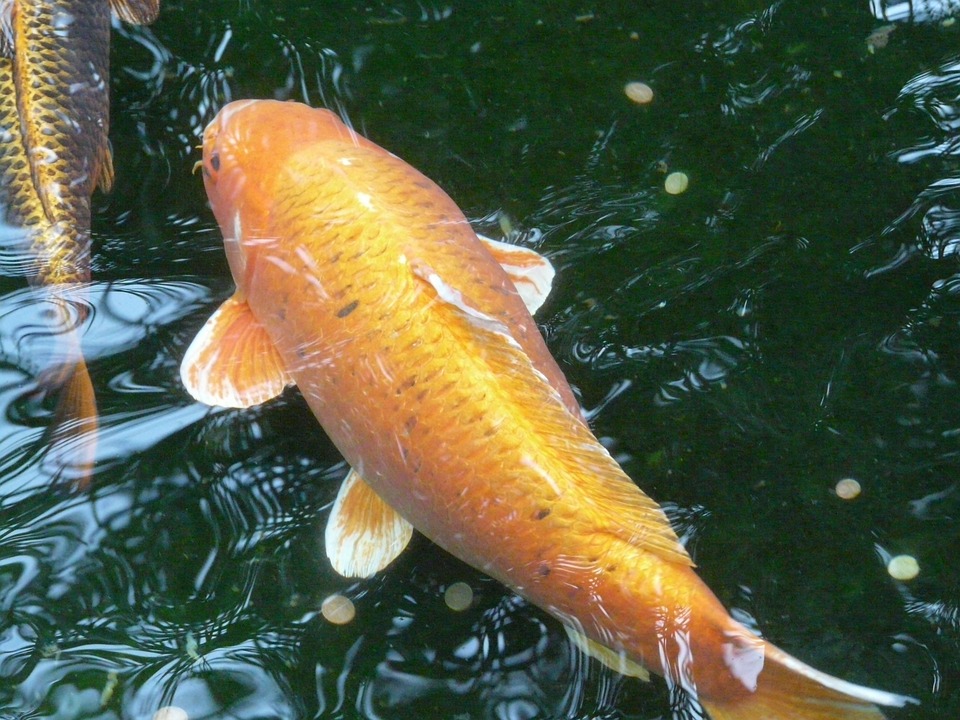Koi fish, known for their vibrant colors and patterns, are one of the most popular ornamental fish in the world. These beautiful creatures have captivated the hearts of fish enthusiasts and collectors alike. Among the many koi, some grow to impressive sizes, becoming true giants in the aquatic world. In this article, we will explore the biggest koi fish ever recorded, their characteristics, and what contributes to their remarkable growth.
The Record-Breaking Koi Fish

1. Biggest Koi Fish on Record: Hanako
- Name: Hanako
- Size: 4 feet 4 inches (approximately 1.3 meters)
- Weight: 226 pounds (approximately 102 kilograms)
- Age: Estimated to be over 200 years old at the time of her death in 1977.
Hanako was a stunning example of a Kohaku koi, known for its distinctive red and white coloration. She was kept in a private pond in Japan and became famous for her extraordinary size and age. Hanako’s record still stands as one of the largest koi fish ever documented.
2. Other Notable Giant Koi
- Yasuhiko Yamamoto’s Koi: Another impressive koi fish owned by Yasuhiko Yamamoto, a koi breeder in Japan, reached a length of 3 feet 6 inches (about 1.07 meters) and weighed around 100 pounds (approximately 45 kilograms). This koi was also a Kohaku variety and showcased the potential for koi to grow large with proper care.
- Koi from the Koi Show: Various koi shows around the world often feature giant koi that compete for titles. Some of these koi can measure over 3 feet (about 0.9 meters) in length, showcasing the dedication of breeders and owners in raising these magnificent fish.
Factors Contributing to Koi Size
1. Genetics
The genetic makeup of koi plays a significant role in determining their potential size. Breeders select for traits that promote larger growth, and certain bloodlines are known for producing giant koi.
2. Environment
The environment in which koi are raised significantly impacts their growth. A spacious pond with clean, well-oxygenated water allows koi to thrive. The presence of natural elements, such as plants and rocks, also contributes to a healthy habitat.
3. Diet
A balanced and nutritious diet is essential for koi growth. High-quality koi pellets, supplemented with occasional treats like vegetables and live food, can promote healthy development. Proper feeding practices ensure that koi receive the necessary nutrients to grow large.
4. Care and Maintenance
Regular pond maintenance, including water quality management and disease prevention, is crucial for the health of koi. Owners who invest time and effort into caring for their koi are more likely to see impressive growth.
Conclusion
The world of koi fish is filled with wonder, and the biggest koi serve as a testament to the beauty and potential of these aquatic creatures. Hanako remains a legendary figure in the koi community, inspiring enthusiasts to strive for excellence in breeding and care. Whether you’re a seasoned koi keeper or a newcomer to the hobby, understanding the factors that contribute to koi growth can help you appreciate the magnificence of these fish even more. With the right conditions, who knows? You might just raise the next record-breaking koi!

Related Posts
How Old Can Goldfish Live? Unlocking The Secrets
Dragon Siamese Fighting Fish Female: A Guide to Peaceful Coexistence
Betta Fish Species | Unveiling The Diversity